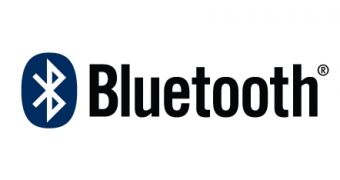The upcoming Bluetooth standard based on the Wi-Fi and Bluetooth hybrid technologies has been accused by a WiMedia Alliance company to be crippling the nearby WiMax networks because of its severe interference ratio. According to it, all the WiMax and cellular networks situated in the proximity of a Bluetooth 2.0 network will cease functioning at normal parameters.
WiMedia's Ultra-WideBand (UWB) project was backed by the Bluetooth Special Interests Group and promises increased speeds for the Bluetooth data rates, that could reach speeds of 20 MB/s.
According to Roberto Aiello and Siddharth Shetty of Staccato Communications, when using 802.11 radios in conjunction with the Bluetooth standard, they will inject interferences into the nearby 3G cellular networks. However, the side effects can be prevented if they are located approximately 8 meters apart for 2.6 GHz and 16m apart at 2.3GHz.
The two researchers tested the interference distance by measuring the interference between 802.11g and WiMax, also known as IMT-2000 in the International Telecommunication Union's 3G designation. However, just as the conclusions of the test were published, other design engineers doubted its accuraty.
"The dipole antenna used by the Wi-Fi card would not radiate the out of band noise as efficiently as the inband signal. The Staccato test shows the signal taken from a connector not after it is radiated by an antenna," claimed one of the design engineers.
However, despite the fact that WLANs (802.11n Wi-Fi) and IMT-2000 devices usually are not paired to operate simultaneously, the inclusion of the 802.11n Wi-Fi as an underlying platform for Bluetooth-enhanced data transfer rates would mean that the two standards will be running at the same time. For instance, if an upcoming high-speed Bluetooth device is using the 802.11 antennae, it could disturb the IMT-2000 services that run in nearby frequency bands.
Despite the possible interferences, 6GHz Ultra-WideBand is the only alternative for high-speed data transfers over Bluetooth.

 14 DAY TRIAL //
14 DAY TRIAL //